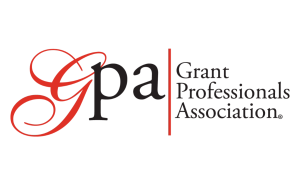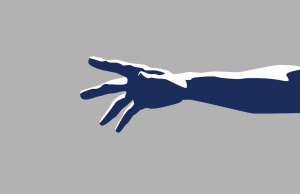The deadline is looming. You’re frantically rounding up wayward attachments, untangling budget snarls, and double-checking submission requirements. By now, data that pin-point community need and showcase your nonprofit’s competence should be resting comfortably within the proposal narrative ready to do their job.
But that is not always the case. “Ongoing data gathering and analysis is an important housekeeping task that only becomes urgent when you need the information,” said Barbara Floersch, grants expert and author of You Have a Hammer: Building Grant Proposals for Social Change. “When time is running out and you’re still crunching numbers, that’s a problem.”
Gathering data and documentation at the last minute is fraught with risks. You might find that staff members have not collected basic service information. Data might be confusing or obviously inaccurate. Public data sources might require permission that will take days to obtain. Evaluation or research reports may require expert interpretation. Data squeezed into the proposal just before submission may contradict information entered earlier.
Accurate, current data is a cornerstone of successful grants work and time invested in building and maintaining a robust data library will pay off. As marathoner and Olympic athlete Juma Ikangaa said, “The will to succeed means nothing without the will to prepare.” If your organization does not have this task in hand, here are a few ideas to get you started.
Categorize data needs. Grant proposals require documentation of community needs, statistics showing the level of service your organization provides, proof that your work produces results, research and evaluation reports supporting current or proposed service approaches, evidence of collaboration with other organizations, evidence of community support, and much more. Start by detailing the types of information you need readily at hand.
Assess current data gathering. Determine what information your organization now gathers, how it is collected, when it is updated, and how it is used. “Some organizations submit detailed data to meet the requirements of federal or state funders but fail to digest and use those data for internal purposes,” said Floersch. Understanding what is available and how it can be used will help you set priorities, avoid duplication of effort, and make a plan to fill in the holes.
Assign responsibility. Tasks that are not in a job description often remain undone. Define what staff positions are responsible for collecting and reporting different types of information and make sure supervisors hold people accountable.
Organize the data library. Develop a well-organized repository of information that is easily accessible. By keeping an eye on the library’s content, administrators and grant professionals can quickly assess what additional information they will need for an upcoming grant proposal and move rapidly to obtain it.
A consistent, well-considered approach to data collection will result in stronger proposals and reduced stress as the grant deadline approaches. © Copyright 2022, Barbara Floersch











